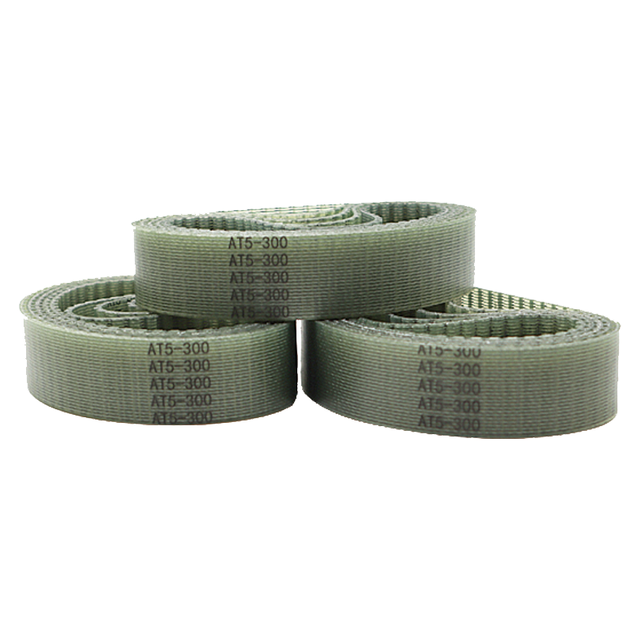Timing belts are a critical component in the machinery of countless applications, from automobiles to industrial equipment. Unibelt, a leading timing belt manufacturer, provides high-quality belts designed for precision and durability. While timing belts offer numerous advantages, like any component, they also come with some limitations. This article explores both the benefits and the drawbacks of using timing belts.

Timing belts are designed for exactness and efficiency. They operate exceptionally quietly and are capable of handling high-speed rotations without slippage. Unibelt’s timing belts are engineered to provide synchronous operation – that is, the movement of the belts synchronizes with the engine or machine’s operations, ensuring a smooth and efficient transfer of power. This precision is crucial in applications such as synchronous motors, where exact timing is critical to their function.
Unlike chains or gears, timing belts require no lubrication, which simplifies maintenance routines and reduces the costs associated with lubricants and disposal. This feature of timing belts also contributes to a cleaner operation since it eliminates the possibility of oil leakage that can contaminate the machinery or the environment. We designs its products to be low-maintenance while ensuring high performance and reliability over their lifespan.
Timing belts are generally less expensive to manufacture and replace compared to other types of transmission systems like chains and gears. This cost-effectiveness makes them an attractive option for many industries looking to reduce upfront costs and maintain efficiency. Unibelt’s timing belts are made from durable materials that, despite their lower cost, do not compromise on quality and longevity.
The materials used in manufacturing timing belts—such as rubber, polyurethane, and reinforced compounds—make them lighter than their metal counterparts. This reduction in weight leads to less strain on axles and bearings, potentially extending the lifespan of other components within the machinery. Our timing belts are particularly noted for their robust yet lightweight construction, enhancing the overall efficiency of the machinery they are part of.

Despite advancements in materials technology, timing belts are still prone to wear over time, especially in harsh environments or under extreme operational stress. They can degrade due to heat and continued exposure to chemicals or oils, leading to cracks or stretching. Regular inspections are necessary to ensure they are in good condition and to prevent unexpected breakdowns that could result from belt failure.
Timing belts are not typically suited for applications requiring extremely high torque or where heavy loads need to be transmitted. In such cases, chains or gears might be preferred due to their greater strength and load-bearing capacity. Unibelt continuously works on innovations in materials and design to enhance the load capacity of its timing belts, striving to meet broader application needs.
While timing belts do not require frequent maintenance, they do need to be replaced at regular intervals to prevent machinery failure. This periodic replacement can be seen as a disadvantage because it necessitates planned downtime for replacement and alignment. We assists customers by providing clear guidelines on the life expectancy of their timing belts and best practices for replacement schedules.
Timing belts can be sensitive to extreme temperatures and exposure to certain chemicals, which can accelerate wear and reduce operational life. In very cold environments, for example, the rubber or polymer materials can become brittle and lose their flexibility, leading to failure. We advises on the best type of timing belt for specific environmental conditions and applications.

Timing belts are a fundamental component in many types of machinery, offering a range of advantages that include efficiency, low maintenance, cost-effectiveness, and lightweight construction. However, their disadvantages, such as susceptibility to wear, limited load capacity, the need for periodic replacement, and environmental sensitivity, must also be considered. Unibelt continues to innovate and improve its products to address these challenges, providing customers with reliable and high-performing belts suited to a wide array of industrial applications.
Tags: 8M-PU Timing Belt , 3M-PU Timing Belt

